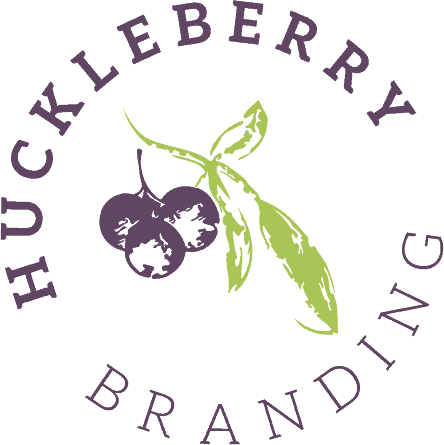This is step two in a six-step series on how to build your brand strategy. To learn more about what you’ll learn in the series, visit our introductory blog post here, and stay tuned for more freebies like these as we unravel your branding power strategy in the months to come!
“A well-crafted brand message is essential in swaying your target audience, turning leads into customers.”
So, you have a quality product or service, and you have identified your brand’s target audience. Now what?
Your next step is to craft powerful messages to define and differentiate your business and compel your target audience to act. Whether you are a nonprofit seeking donations, a retailer hoping to draw more customers into your store, or a service provider with a solution to a distinct problem, a well-crafted brand message is essential in swaying your target audience, turning leads into customers.
Mastering Message Vocabulary:
So what does a brand message entail?
There are positioning statements, unique selling propositions, value propositions, and the so-called “elevator pitch”. Here is a quick roundup of the different verbal and written statements you might consider crafting and memorizing. Knowing when to use them and what role each plays in your brand message will help you plan and craft accordingly:
- Elevator Pitch: An elevator pitch is a short verbal statement that you should be able to recite at the drop of a hat explaining, briefly, what you do and for whom. This statement can be as simple as “We help [insert target customer type] with [insert distinct service or value offered].” As the name suggests, you should be able to give this pitch in the time it takes to get one from one floor of the elevator to another, ideally in 30 seconds or less. Your pitch should give a clear idea about what you do and prompt further discussion and details about your business.
- Unique Selling Proposition: A unique selling proposition is another brief statement highlighting a specialty area or distinct methodology used in your business practice that sets you apart from the crowd. Unique selling propositions are ideal in situations where the customer has already made a purchase decision but hasn’t decided on a particular vendor for those services just yet.
- Value Proposition: Your value proposition is a clear, quantifiable statement defining exactly what value you offer to your customers based on an honest measurement of your past results. A value proposition is especially powerful for corporations looking for cost- and time-saving measures, striving to achieve specific sales milestones, or seeking to improve their business’ efficiency through measurable strategies.
- Tagline: A tagline is a quick, attention-grabbing catchphrase or slogan associated with a business or product. These concise, yet memorable, statements are often associated with a brand and used right alongside a company’s logo and other defining brand visuals.
- Vision Statement: A vision statement is heavily weighted in the realm of the future and outlines where you want your business to go. This is the place where you can dream big. Like a motivational mantra, your vision statement is based on aspirations about where you want your business to be five or ten years down the road.
- Mission Statement: A business’s mission statement defines its core values, goals, and philosophies. A mission statement should be crafted based on the company’s universal beliefs about why it is in business and is irrespective of what your competition is doing.
- Positioning Statement: Like a written version of your unique selling proposition blended with your elevator pitch, your positioning statement outlines your business functions and objectives and defines what separates you from your competition.
Crafting the Message
How you craft these verbal and written messages is important to developing your business’ personality, as well as for the cohesiveness of your brand. If you can’t define who your business caters to or what your distinct value is, you might lose the interest of the ones who matter most — your customers.
If you are unsure which message best captures the essence of your brand or which will resonate with your audience, float different ideas. Try A/B testing with ads using a few different tag lines, conduct a survey on social media or through email, or take a poll. Also be sure to ask your friends, family, and professional colleagues what they think. Think about what sort of tone you wish your brand to convey and what will most likely resonate with your unique audience, then test, test, test and revise as needed.
What if you have more than one audience?
Some businesses cater to different types of customers through different services, products, or simply because the brand has general appeal. In this case, you will still want to reach out to your audience with as personalized a message as possible to best engage them. Apply the same A/B testing measures as mentioned above, but for separate audiences. Make sure your core message is still consistent, but tweak and adapt the message according to that audience’s distinct need and what resonates best with them.
Take the time to craft the right message that strikes a chord with your customer and make sure that message is consistent across all of your brand’s communication channels.
Getting the Message Out There
Once you have your message in place, it’s time to share it! Take advantage of an existing audience through Facebook, Twitter, LinkedIn, Instagram, and any other relevant social media channels. If you don’t yet have a substantial following, consider reaching out to new people through paid, targeting advertising. Facebook Ads are a good way to do this as you can specify your budget, the length of the campaign, and what type of person you are looking to reach based on location and interests. Using relevant hashtags also makes your message available to a wider audience. Email marketing and SEO are other strategies that may prove effective in spreading the word. More on all of these digital marketing strategies and tools later..
Once you know your brand’s message, you have established one element of your brand’s identity, which we’ll learn more about in Step 3!



